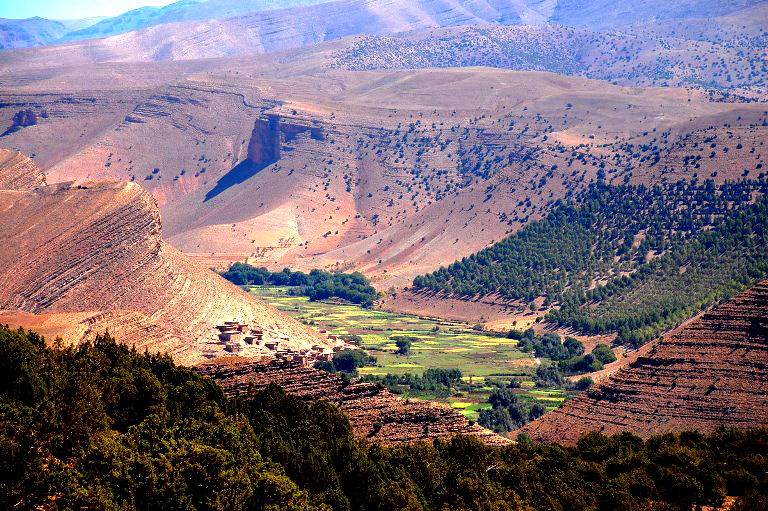Morocco’s geological landscape is a testament to its complex geological history, characterized by a diverse array of rock formations, mountain ranges, and tectonic activity. Situated at the convergence of the African, Eurasian, and Arabian tectonic plates, Morocco’s geology is shaped by the interplay of various geological processes, including mountain building, volcanic activity, and sedimentation.
Geology - Morocco
One of the most prominent geological features of Morocco is the Atlas Mountain Range, which spans across the country from southwest to northeast. The Atlas Mountains are divided into several distinct ranges, including the High Atlas, Middle Atlas, and Anti-Atlas, each with its unique geological characteristics.
The High Atlas, the highest mountain range in North Africa, is formed primarily of sedimentary rocks, including limestone, sandstone, and shale, which were uplifted during the Alpine orogeny, a period of mountain-building that began around 50 million years ago. The Middle Atlas, located to the north of the High Atlas, is characterized by a mix of sedimentary and volcanic rocks, resulting from volcanic activity during the Mesozoic and Cenozoic eras. The Anti-Atlas, situated to the southwest of the High Atlas, is composed mainly of ancient Precambrian rocks, including granite and schist, dating back over 500 million years.
In addition to the Atlas Mountains, Morocco is home to several other geological formations of significance. Along the Atlantic coast, the Rif Mountains rise steeply from the sea, comprising folded and faulted sedimentary rocks that formed during the Alpine orogeny. To the east, the Sahara Desert extends across much of southern Morocco, encompassing vast expanses of sand dunes, rocky plateaus, and ancient river valleys. The geology of the Sahara Desert is characterized by sedimentary rocks, including sandstone and shale, as well as volcanic rocks formed during periods of volcanic activity millions of years ago.
Morocco’s geological diversity is further evident in its rich mineral deposits, which have played a significant role in the country’s economy and history. Morocco is known for its abundant reserves of phosphates, making it one of the world’s leading producers of phosphate rock. Other mineral resources found in Morocco include lead, zinc, copper, and silver, as well as deposits of precious and semi-precious stones such as amethyst, quartz, and agate.
In summary, Morocco’s geology is a fascinating mosaic of ancient rocks, mountain ranges, and mineral wealth, shaped by millions of years of geological processes. From the towering peaks of the Atlas Mountains to the sweeping sands of the Sahara Desert, the country’s geological heritage offers a window into the dynamic forces that have shaped the Earth’s surface over millennia.
[Source: ChatGPT]





